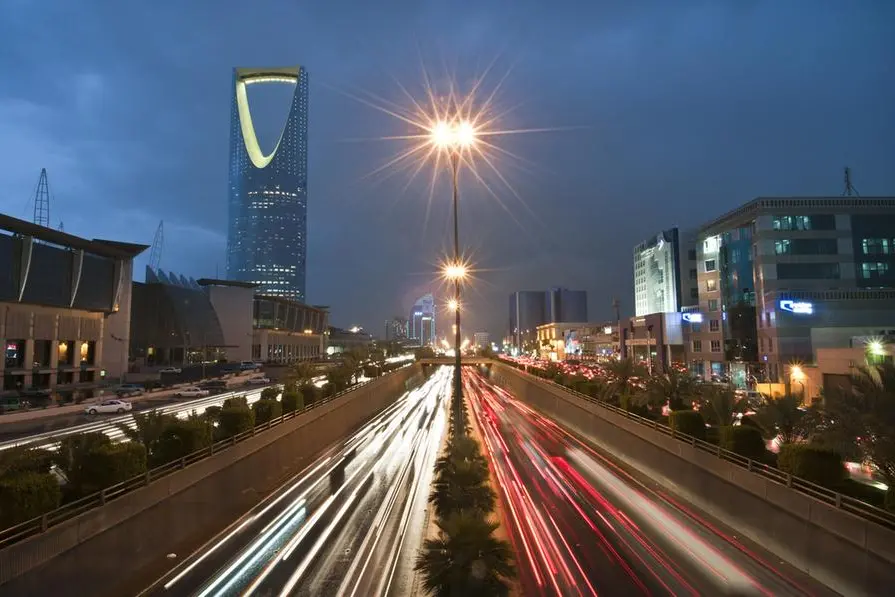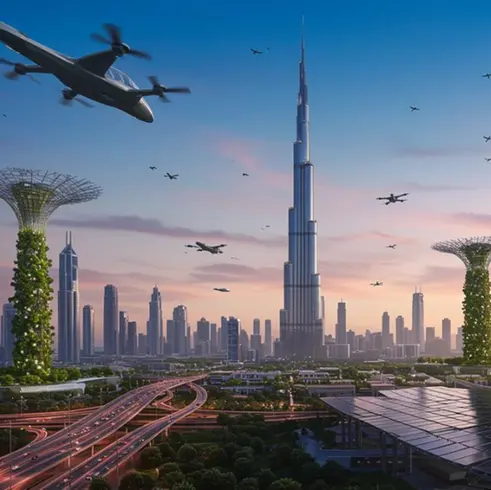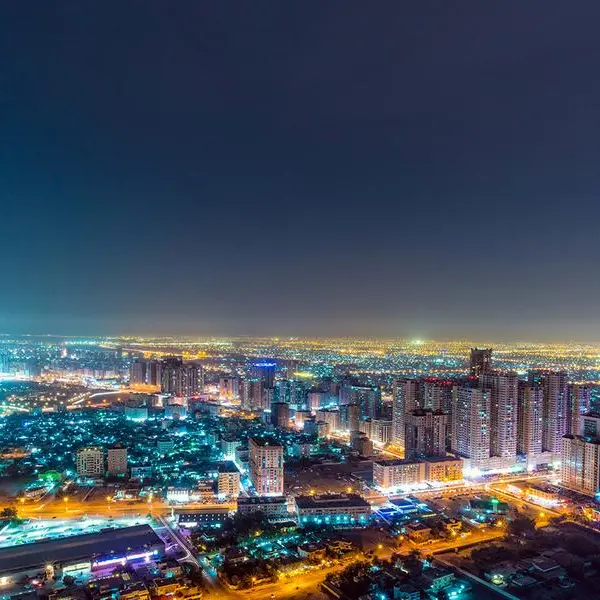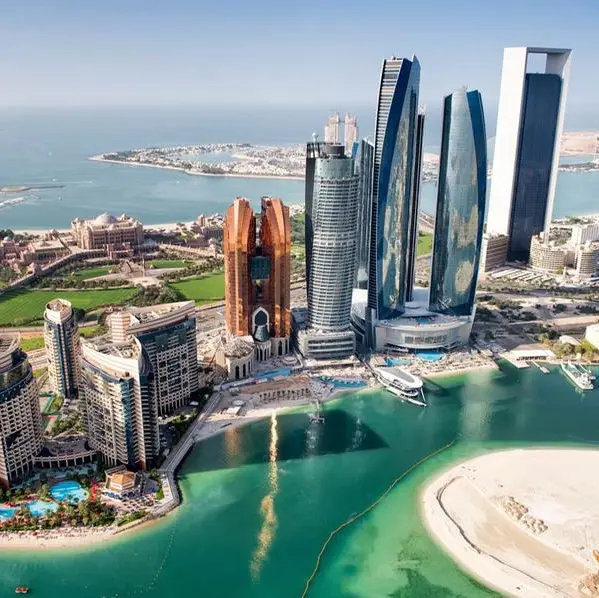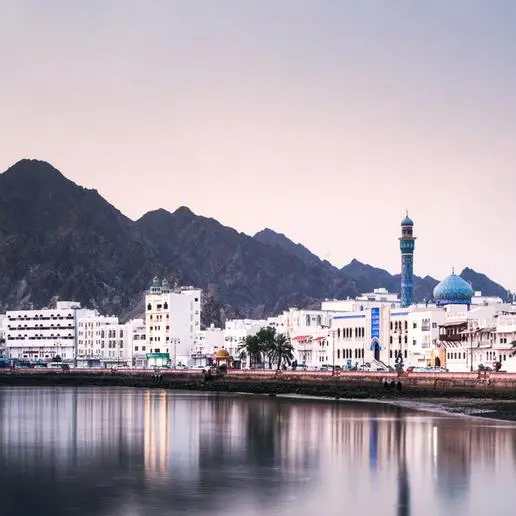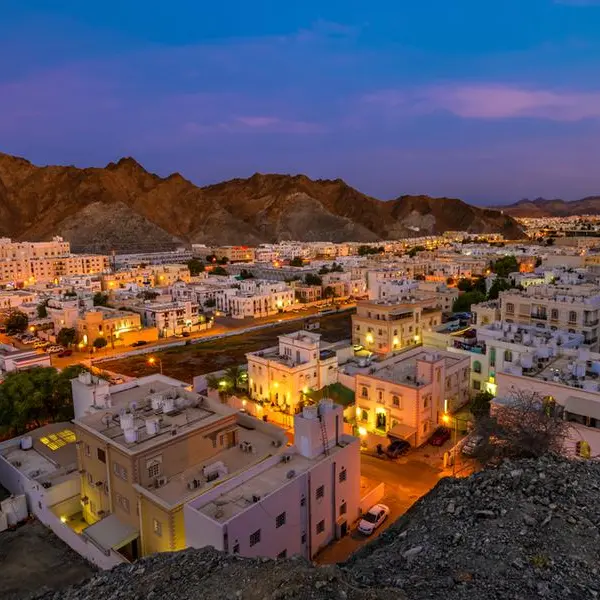PHOTO
Saudi Arabia's Vision 2030 is set to drive spending growth in various sectors across the kingdom, according to a new report.
The government strategy has recently led to significant project announcements across the Gulf state, such as the mega city of Neom, an ambitious development on the Red Sea coast.
In a new report, S&P Global Ratings looks at the key sectors that will see higher spending growth as a result of the Saudi Vision 2030. It says, among the beneficiaries of the programme will be energy, real estate, tourism, digital, food, health and utilities sectors.
Energy
The energy sector is a substantial contributor to the government's revenues and its credit quality is currently benefiting from higher oil and gas prices. This windfall will help fund the government's share of investments despite its heavy capital expenditure (capex) burden.
Real estate
The property sector will gain from various new programs to provide local housing and invigorate the business and financial sectors via investments in commercial real estate.
Tourism
The sector has already received a substantial boost via aviation developments as well as projects intended to help attract 100 million visitors per year by 2030, such as the Red Sea project, which envisages luxury hotels, marinas and an airport.
Digital
The infrastructure developed by telcos will be at the heart of investments, including high-speed broadband, 5G and a strategic digital hub (the MENA Hub).
Food
Investments in the food and agriculture sectors aim to increase local production and adopt modern farming techniques. Despite strong demand and price increases, profitability in these sectors remains lower than before the pandemic, with rising input costs obscuring the path to recovery.
Health
The Saudi Ministry of Health will soon assume a regulatory role, with the private sector expected to play a more important part in developing health care, attracting more than $65 billion in investments.
Utilities
The sector faces the mammoth task of reducing Saudi Arabia's fossil fuel dependency and meeting 70% of energy needs from renewables by 2030.
"We expect more public-private partnerships (PPPs) and significant investments in the country's grids," S&P said.
(Writing by Brinda Darasha; editing by Cleofe Maceda)
